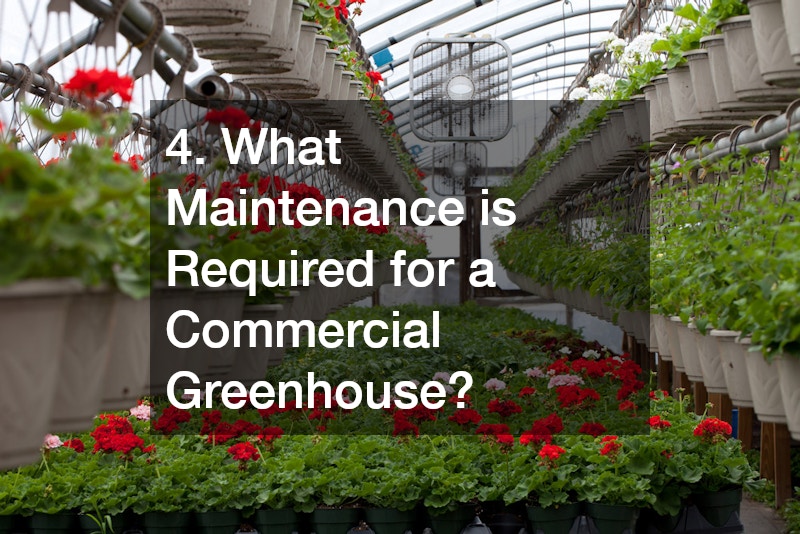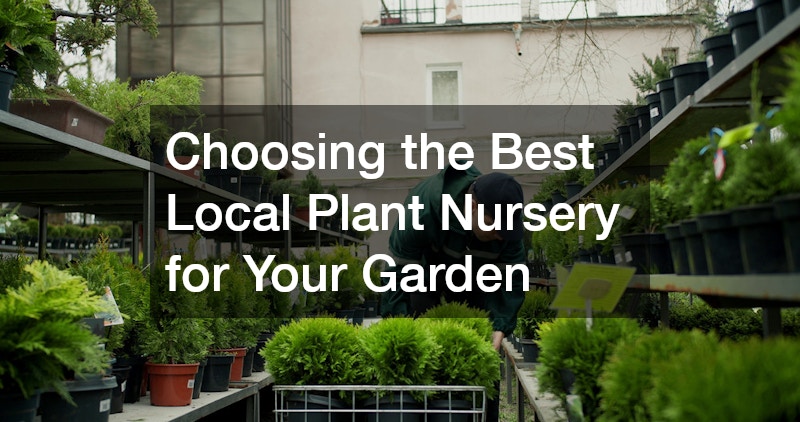Explore the transformative potential of incorporating a commercial greenhouse into your landscaping efforts, broadening plant varieties, reducing costs, and boosting aesthetics. Commercial greenhouses offer opportunities for passionate gardeners and professional landscapers alike to elevate their green spaces.
By integrating such structures, the landscape can flourish regardless of external weather conditions.
1. What are the Benefits of a Commercial Greenhouse for Landscaping?
1.1 Increased Plant Variety
With a commercial greenhouse, gardeners can successfully cultivate non-native plants that would otherwise struggle in local climates. The ability to grow diverse species not only enriches the landscape but also transforms the gardening experience into a multicultural botanical journey.
Furthermore, the controlled environment of a greenhouse offers an extended growing season, providing an opportunity for rare and exotic plants to thrive. This capability ensures that gardeners can enjoy a wider array of plants year-round, defying seasonal limitations.
By housing tender and tropical plants inside a greenhouse, landscapers can introduce unique textures and colors into their designs. This variety not only elevates aesthetic appeal but also offers habitat for a broader range of wildlife, enhancing ecological diversity.
1.2 Enhanced Plant Health
A commercial greenhouse creates a consistent climate, protecting plants from harsh weather conditions and temperature fluctuations. Such stability significantly improves plant health, resulting in vibrant, robust growth and enhanced yields.
In contrast to open-field gardening, greenhouse cultivation reduces the likelihood of pest infestations and diseases. Controlled humidity and temperature levels shield plants from stress, fostering a healthier growing environment.
Moreover, the greenhouse’s shelter safeguards sensitive plants from external pollution, providing a pristine environment where plants can thrive. As a result, greenhouse-grown plants often exhibit stronger resilience and superior overall health.
2. How Does a Commercial Greenhouse Affect Landscape Aesthetics?
2.1 Year-Round Beauty
A commercial greenhouse ensures that landscapes remain colorful and lively throughout the year, regardless of seasonal changes outside. By maintaining blooming plants continuously, a greenhouse can keep the garden vibrant and inviting even in the winter months.
This perpetual beauty is particularly beneficial for both private gardens and public spaces, as it enhances appeal and charm. The ability to present a consistently flourishing landscape significantly uplifts the mood and ambiance for visitors and homeowners alike.
Moreover, a year-round display of flowering and greenery allows for creative design possibilities. Landscapers can experiment with seasonal themes, offering a dynamic visual experience that evolves and captivates with time.
2.2 Design Integration
Successful incorporation of a greenhouse into existing landscapes can seamlessly enhance the overall design. When thoughtfully positioned and styled, a greenhouse can act as a focal point, harmoniously blending with natural elements.
The architectural flexibility of greenhouses also allows them to complement various design aesthetics, from rustic to modern. Customizable features, such as glass types and framing materials, enable a tailored fit to any specific landscape vision.
Integrating a greenhouse with pathways, seating areas, or water features can enhance both functionality and aesthetics. These enhancements contribute to a unified and immersive gardening space, creating a cohesive and inspiring environment.
3. What are the Cost Implications of Using a Commercial Greenhouse?
3.1 Initial Setup Costs
Setting up a commercial greenhouse entails a considerable upfront investment, including construction materials and installation services. Understanding these costs and budgeting accordingly is crucial for a sustainable landscaping project.
Despite the initial expenses, investing in a quality greenhouse can be managed by carefully selecting materials and designs that fit specific financial constraints. Modular and DIY greenhouse kits offer a cost-effective alternative, appealing to different budget levels.
Importantly, the payback potential of such an investment should be considered in the context of long-term benefits, outweighing the initial expenditure. The ability to cultivate valuable plants and enhance landscape appeal can eventually lead to substantial returns.
3.2 Long-term Savings
A commercial greenhouse can yield significant savings over time by allowing gardeners to propagate their own plants. Reduced reliance on purchasing plants from external sources lowers continuous landscaping expenses.
Furthermore, home-grown plants often result in healthier specimens, decreasing the need for costly replacements and maintenance treatments. Over time, cumulative savings from these aspects can render the investment in a greenhouse highly economical.
The strategic use of greenhouses also leads to lower resource consumption, such as water and fertilizers. With more efficient usage and lower waste, greenhouse operations promote both financial savings and environmental sustainability.
4. What Maintenance is Required for a Commercial Greenhouse?
4.1 Regular Inspections and Cleaning
Consistent maintenance is key to keeping a commercial greenhouse in optimal condition and ensuring high-performing growth conditions. Regular inspections help identify potential issues such as structural damage or malfunctioning equipment.
Routine cleaning, including washing windows and clearing vents, ensures proper sunlight penetration and airflow, critical for healthy plant development. These simple tasks can prevent complications and extend the longevity of the greenhouse structure.
Implementing a maintenance schedule can streamline these regular tasks, minimizing disruptions and maintaining efficiency. By establishing a routine, the greenhouse environment remains stable, promoting consistent plant health.
4.2 Pest and Disease Management
Proactive pest and disease management is essential to maintaining a healthy greenhouse ecosystem. Implementing effective prevention strategies, such as barriers and biological controls, can mitigate common threats.
Regular monitoring and prompt intervention are crucial to address emerging issues before they escalate. Quick identification and treatment of problems help preserve plant health and maintain productivity within the greenhouse.
Moreover, fostering biodiversity within the greenhouse by planting companion species can provide natural pest deterrents. This strategy not only maintains ecological balance but also enriches the overall gardening experience.





